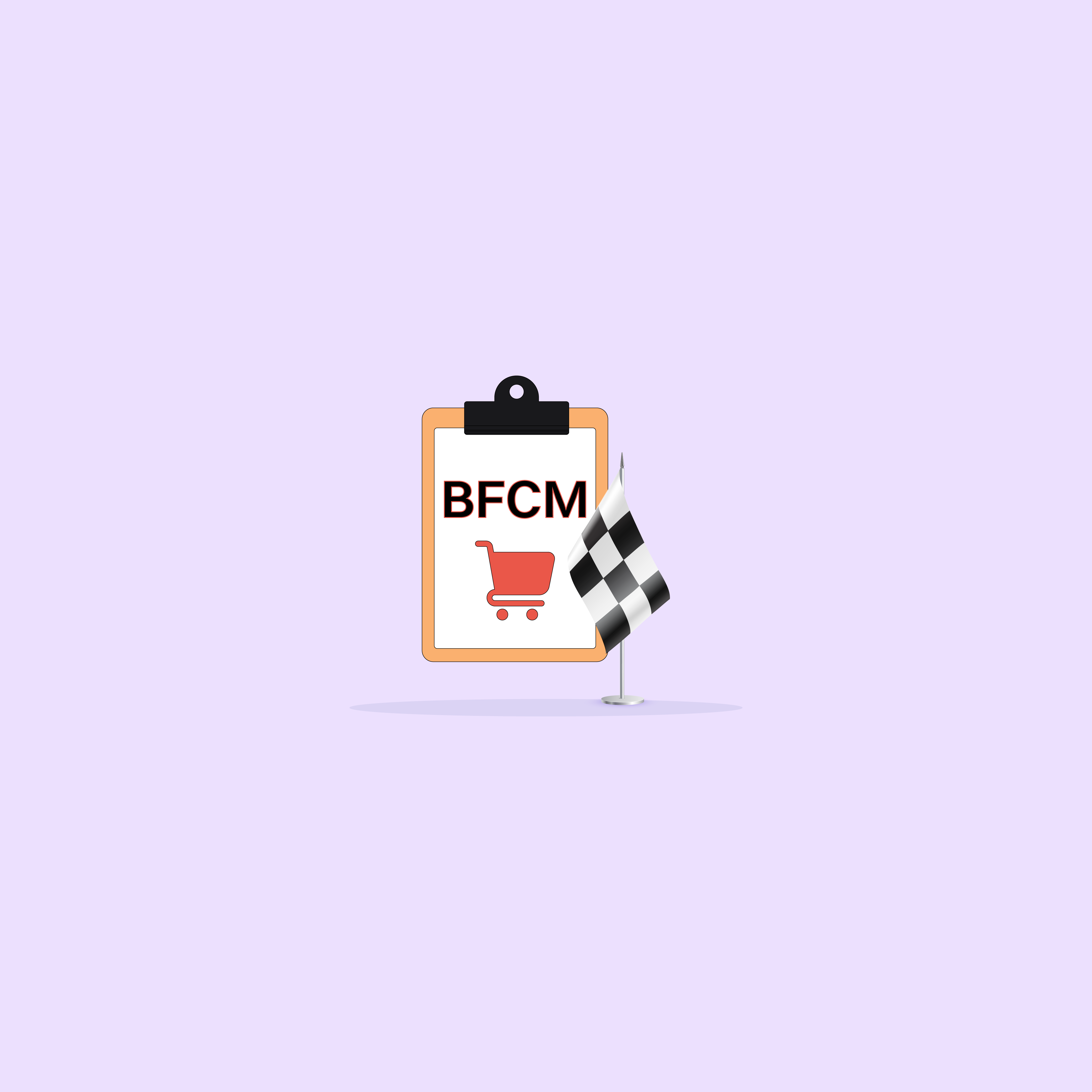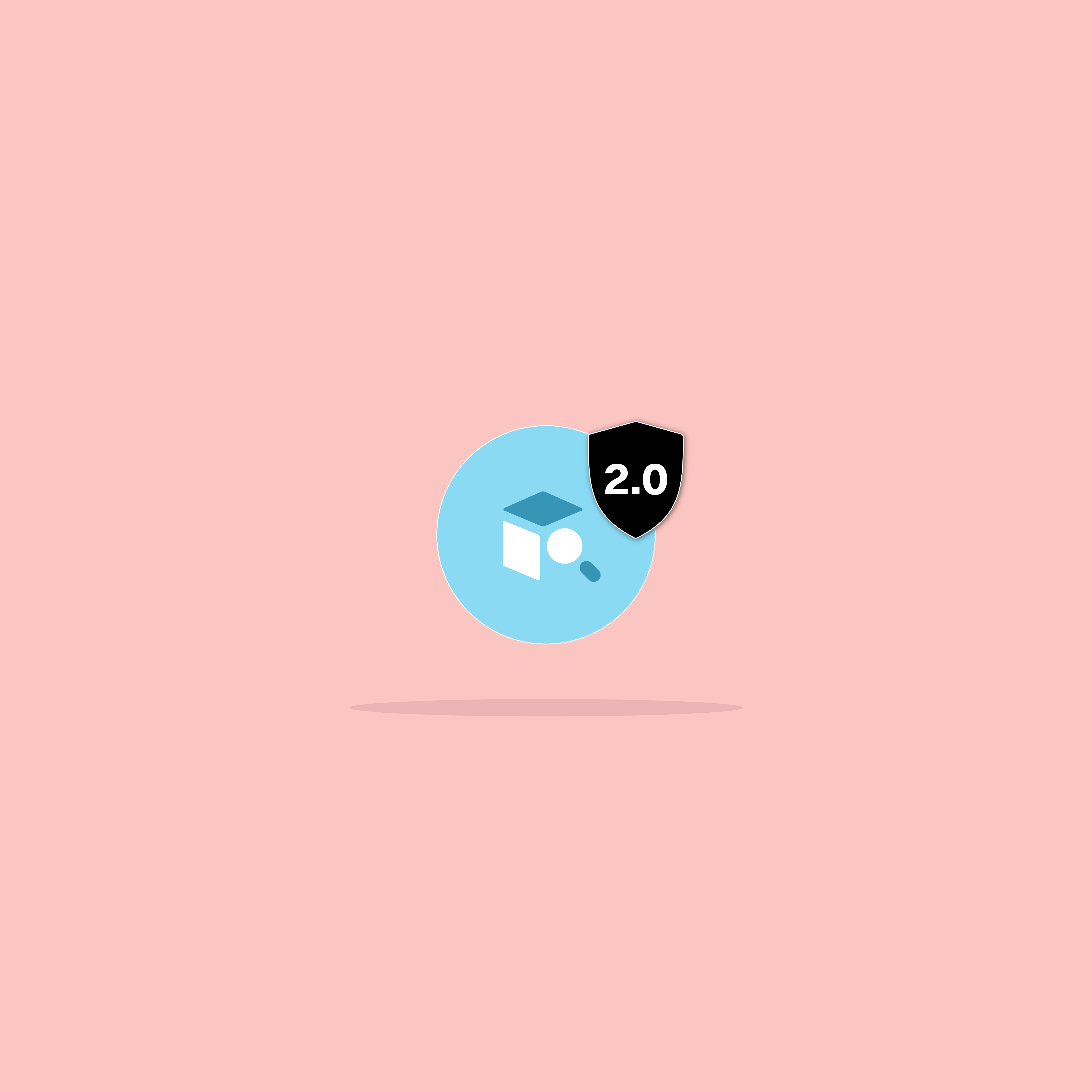Our websites use cookies. By continuing, we assume your permission to deploy cookies as detailed in our Privacy Policy.
Scary eCommerce Stories to Tell in the Dark: Spooky Failures
Did you know that 78% of eCommerce businesses fail within the first year of starting up? If that doesn’t come off as that big of a number, here is another thrilling statistic for you: %90 of eCommerce businesses cannot even survive their first 120 days. Let’s see what leads to their failure so early on and how it could be prevented.
Key Takeaways
- Lack of successful finance and operation management is one of the biggest reasons for a new eCommerce business’ failure.
- For success in eCommerce, have an online presence and work on your relationships with your customers.
- Be patient and let what you sow grow first. And when you finally see the results, take the necessary action.
- Businesses that went down with the Dot-Com Bubble didn’t have a solid business plan and didn’t serve a niche market.
8 Reasons for Failure in eCommerce
1. Lack of Management
Being one of the first things to consider while building a business, successful management is essential to keeping a business going and improving it. If a business lacks proper management, it can easily wind up in the grave of failure. Without good operation management, it is hard to predict the next steps.
2. Poor Finance Management
Having and maintaining solid finance management is clearly a must to keep your business going. You need to know your expenses and plan according to your current situation, not projected sales.
3. No Real Investment
Especially for new businesses, investments can signify and determine the fate of the business. Underinvestment and overinvestment are also possibilities that would bring it to an end.
4. Poor Inventory Management
Keep too many products, and you can end up with a bunch of unsold products that don’t interest the buyers anymore. Keep too little product, and you risk not providing them in time. Instead, ensure you keep them at a reasonable and necessary amount in a way that won’t frustrate both the buyers and you.
5. Too Much Competition/Lack of Uniqueness
You always have the risk of being outcompeted by the big retailers. So instead of trying to compete with other larger retailers, find ways to stand out and make sure your products or services are unique so the customers have a reason to choose you. Doing a competitor analysis will significantly help you design your strategies and give you an idea about the opportunities and possible areas you can fill in the industry.
6. Poor Website Design and Content
A poor website means no website traffic. It will put off many prospects and give unreliable vibes with its bad design and poor content. A prospect won’t trust a website that doesn’t seem to be worked on. If they feel that you collaborated with expert designers and ensured that your site is safe, it won’t lead to security questions on the prospect side. Pay attention to your content to draw traffic. Put effort into your website and build a robust digital presence. Your website will be your store, and directly will be a presentation of your brand.
7. Weak Online Presence and Bad Customer Service
Having little to no online presence is like gambling away your business. In a time when nearly half of the world’s population is on social media and even shopping on social platforms, limiting your growth opportunities would be a mistake. Expand your content to social media and have ongoing communication with your customers. Answer their questions and demands. Show that you care about their experience: Don’t ignore their reactions and take their feedback and suggestions into consideration.
8. No Patience
When you start searching for tips to keep your eCommerce business going well and profitable, you will see a good deal of advice regarding finance, marketing, website design, or the products you sell, as we covered just now. But a more common reason underlies this high rate of failure. It relates to our more human and primitive side rather than analytical: greed and impatience. These are not the only reasons, but what leads to many problems in the first place. Be patient and let what you sow grow first. And when you finally see the results, take the necessary action.
Famous eCommerce Companies That Have Failed
Alikolo
Alikolo, an eCommerce marketplace, was initially offering shipping promotions, and their sales started to decrease once the promotion stopped. The founder lacked the experience required for designing and operating, and as a team, they lacked experience. Furthermore, they lacked a business plan and unique service. So, their presence didn’t make much difference in the marketplace. The other significant mistake they made was that they offered a great stake to speculators, which left the founder as a minority investor and his involvement limited. Therefore, they lost the trust of other speculators and made it hardly possible for new investments.
Nox
Although Nox, a nightlife app, had the passion and put effort into their content and creating a web of connections, they could not survive after their first year. They aimed to increase engagement through newsletters and games on their social pages, but they lacked experience and failed to assess the people they employed. They had financial discipline issues, and their burn rate got out of hand. And the big old competition was another reason that led to their failure.
What is the Dot-Com Bubble?
To understand what the Dot-Com Bubble is, we must first look at the factors that created that bubble.
When the Internet was gradually increasing its popularity in the mid-90s, new tech companies emerged and aimed to have their share of that novelty. Excited by this new concept, venture capitalists saw that as an opportunity and gladly invested in those companies. As for the entrepreneurs, low interest rates during the time spurred their enthusiasm further, and they plunged into getting into tech. However, most of those companies didn’t establish a thorough business plan, and with the rising interest rates, those companies eventually failed.
The burst resulted in great success and profitability for many companies that managed to survive it. What differentiated them from the ones that went down with the Bubble was their sound business plans and good management strategies. We must also add that they were clear in their message, targeted a niche market, and served it well.
Some businesses started as online retailers, and some conventional ones took their business online, seeing its potential regarding profitability.
Wrapping Up
Even if you fail, you can always make a fresh start: Learn from past mistakes of your own and others’, and prepare to overcome possible difficulties better than ever.
As a successful growth platform that continuously helps other start-ups or big players in the game to grow even bigger, we know how to strengthen your platform. Segmentify is here to help you on your way to growth and offer success as a service.








